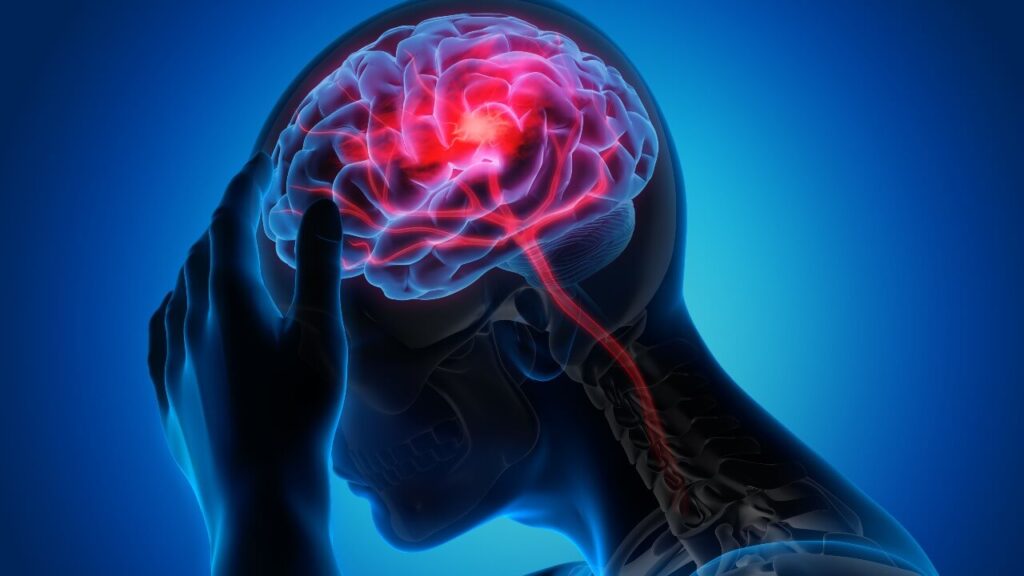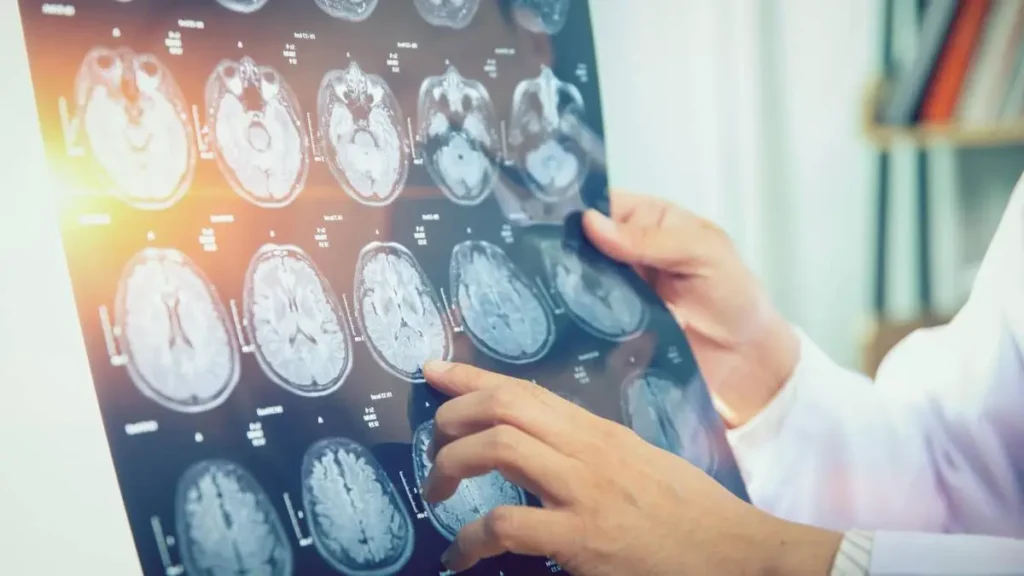How Does Tumor Diagnosis Affect Survival Rates? Grey’s Anatomy’s Impact
Medical dramas like Grey’s Anatomy have captivated audiences worldwide by portraying the emotional and clinical challenges of diagnosing and treating serious illnesses, including tumors. In a compelling real-life parallel, actress Kate Walsh, known for her role as Dr. Addison Montgomery, publicly shared her experience with a brain tumor diagnosis. Her journey highlights a critical aspect of modern medicine: early tumor diagnostic can significantly improve patient outcomes.

Understanding Tumor Diagnostic: What It Involves
A tumor diagnosis involves a series of medical evaluations, including imaging tests, biopsies, and bloodwork. Physicians use these methods to determine whether a tumor is benign (non-cancerous) or malignant (cancerous). The most common diagnostic tools include:
- Magnetic Resonance Imaging (MRI): Provides detailed images of organs and tissues, crucial for detecting brain tumors like Walsh’s.
- Computed Tomography (CT) Scans: Used for diagnosing various types of cancer, particularly in the lungs, liver, and abdomen.
- Biopsy: The gold standard for confirming malignancy by analyzing tissue samples under a microscope.
- Blood Tests: Certain biomarkers can indicate the presence of cancerous cells in the body.
You might like this: Keyslim Drops: The Natural Weight Loss Solution
The Importance of Early Detection
According to the World Health Organization (WHO), early tumor diagnostic significantly increases the chances of successful treatment. Studies show that:
- 90% of breast cancer patients diagnosed at stage 1 survive beyond five years compared to only 27% diagnosed at stage 4.
- Lung cancer survival rates increase from 10% to 56% if diagnosed in the early stages.
- Colorectal cancer mortality can be reduced by 50% through regular screening and early detection.
Early tumor diagnostic allows for less invasive treatments, fewer complications, and better overall prognosis. However, many cancers remain undiagnosed until advanced stages due to a lack of awareness and limited access to medical screening.

Grey’s Anatomy and Real-Life Medical Awareness
The series Grey’s Anatomy has been credited for raising awareness about various medical conditions, including brain tumors, breast cancer, and rare malignancies. By showcasing diagnostic challenges and breakthrough treatments, the show educates viewers about the importance of seeking medical attention for persistent symptoms.
Real-life cases, like Kate Walsh’s, emphasize that even seemingly minor symptoms—such as headaches, dizziness, and memory lapses—can be signs of something serious. Her proactive decision to get an MRI led to an early diagnosis, allowing her to undergo successful treatment.
The Future of Tumor Diagnostic: AI and Precision Medicine
Advancements in artificial intelligence (AI) and precision medicine are revolutionizing tumor diagnostic methods. AI algorithms can analyze medical images with greater accuracy than human radiologists, reducing false negatives and improving early detection rates. Precision medicine tailors treatment plans based on genetic profiling, ensuring more effective therapy with fewer side effects.
You might like this: Keyslim Drops: The Natural Weight Loss Solution
Breakthrough Technologies in Tumor Diagnostic:
- AI-powered imaging tools improve cancer detection rates by 20-30%.
- Liquid biopsies provide non-invasive cancer detection through a simple blood test, eliminating the need for surgical biopsies.
- Genomic sequencing helps identify genetic mutations that contribute to tumor development, enabling targeted therapies.
Conclusion: Be Proactive About Your Health
The portrayal of tumor diagnostic in Grey’s Anatomy and real-life experiences like Kate Walsh’s story remind us that early detection saves lives. Regular medical check-ups, awareness of symptoms, and access to modern diagnostic tools are essential in the fight against cancer. If you experience persistent symptoms, consult a healthcare professional—early intervention could make all the difference.
Stay informed. Get screened. Save lives.
FAQ
What are the main methods used for tumor diagnosis?
MRI, CT scans, biopsies, and blood tests are commonly used to diagnose tumors and determine whether they are benign or malignant.
How does early tumor detection impact survival rates?
Early diagnosis significantly improves survival rates. For example, breast cancer diagnosed at stage 1 has a 90% five-year survival rate compared to only 27% at stage 4.
What role does MRI play in detecting brain tumors?
MRI provides detailed images of brain tissue, making it an essential tool for detecting brain tumors, like the one diagnosed in Kate Walsh.
How can AI improve tumor diagnostic accuracy?
AI-powered imaging tools analyze medical images with greater precision, reducing errors and improving early detection rates by 20-30%
What is the significance of liquid biopsies in cancer detection?
Liquid biopsies are non-invasive tests that detect cancer through a blood sample, offering an alternative to traditional surgical biopsies.
Why is it important to be proactive about health screenings?
Regular screenings and awareness of symptoms can lead to early detection, increasing the chances of successful treatment and better outcomes.

Writer and web developer with a background in Biomedicine and a postgraduate degree in Immunohematology.


3 thoughts on “How Does Tumor Diagnosis Affect Survival Rates? Grey’s Anatomy’s Impact”